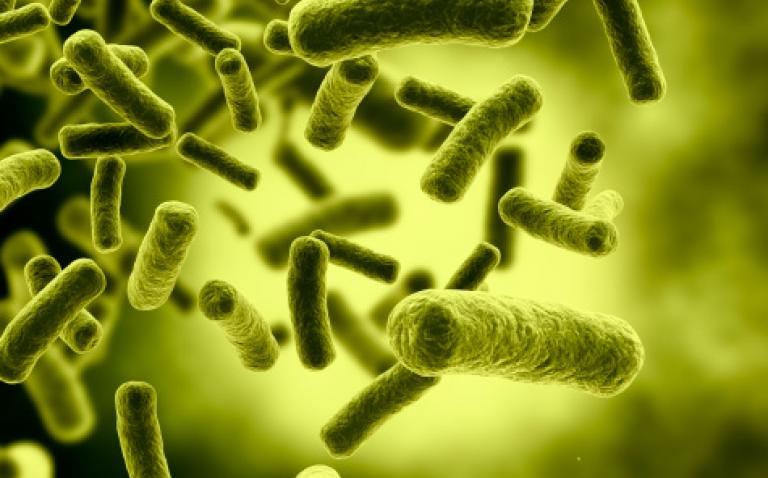The Royal Wolverhampton NHS Trust is leading the fight against Healthcare-Associated Infections (HCAIs) following the deployment of a revolutionary tracking technology system by healthcare operational management specialist, TeleTracking Technologies, Inc., and its UK subsidiary, TeleTrackingEU Ltd.
The deployment is part of the trust’s ‘Safe Hands’ programme, an organisation-wide, government-funded programme that aims to improve staff compliance with hand washing standards through the use of TeleTracking’s Real Time Locating System (RTLS). The use of RTLS technology supports national guidelines that put hand hygiene at the top of the list of measures to help prevent the spread of HCAI’s, which cause 5,000 deaths in the UK each year. The RTLS implementation is particularly timely in light of recent calls from the Medical Technology Group for the Department of Health to do more to promote the use of technology to support infection prevention and control.
TeleTracking’s RTLS system monitors staff and patient visits to hand washing stations using infrared and radio-frequency technology that detects electronic badges attached to patients, staff and equipment. This allows infection prevention nurses to view and improve the hand hygiene behaviours of staff. The trust’s RTLS technology recorded over 1.2 million instances of hand washing in the past year; compared to just 600 recordings made by an observer in person over the same time period. TeleTracking’s RTLS technology also enabled the trust’s New Cross Hospital to increase hand washing monitoring by 1,000 percent in a single month.
The inaugural Patient Safety and Care Awards 2014 recognised the trust’s Safe Hands hand washing achievement, amongst other safety initiatives supported by the innovative RTLS technology, by naming the trust as the winner in the Technology to Improve Patient Safety category. Clare Nash, registered nurse and programme manager at the trust, said, “Good hand washing practices are crucial for patient safety. Winning an award was great recognition of the hard work that went into recording the million-plus hand washing observations, and gives us a greater chance of being compliant with safety standards and, ultimately, protecting our patients and staff from the spread of infections.”
In cases of HCAI outbreak, TeleTracking’s RTLS technology can track the role of every badged staff member who comes in contact with an infected patient and send location and time data back to computer touchscreens in each department. Infection prevention and control nurses used to conduct time-consuming root cause analyses to understand HCAI outbreaks, but they can now run a report at the click of a button.
“In one case early in the rollout of the system, an infected patient in Wolverhampton came in contact with hospital staff, patients and equipment 217 times before a diagnosis was made. This is why it is so hard to contain norovirus and Clostridium difficile,” explained Nash. Now the system pinpoints those who have come into contact with the patient, enabling rapid isolation and screening. “The power of this data is remarkable. It shows us how important it is to get an infected patient isolated as soon as possible.”
Responding to Secretary of State Jeremy Hunt’s call for the NHS to do better for patient safety, the trust badged nearly 4,000 employees, all in-patients, and over 1,200 assets during the nine months prior to June 2014 – helping to ensure the right people and equipment are in the right place, at the right time, to the administer care required.
With RTLS technology, white boards are replaced by 42-inch computer touchscreens that show everything from equipment, to patients, to staff, on a real-time floor plan graphic. The system also sends alerts if a patient is not seen for more than an hour, or if a patient is in an isolated area longer than 20 minutes. This allows hospitals to understand the true dependency of patients, allowing staff to focus stretched resources more effectively.
“The system makes the hospital more efficient,” Nash said. “There is no longer a need to walk around to see if tasks are done. This gives care providers more time to spend with patients. I now have access to so much information about patient safety and experience issues. Our badged assets now take just 25 seconds to find. The potential this system offers is phenomenal and can fundamentally underpin the operating framework of our organisation.”
Michael Gallup, TeleTracking’s President, said, “Figures show that every year at least 300,000 patients develop an HCAI. This is believed to cost the NHS at least £1 billion every year. The human and financial costs associated with HCAI’s have made the issue a top priority for the NHS and policy makers. Our work with Royal Wolverhampton means that New Cross Hospital now tracks the hand hygiene practices of clinical staff, from domestics and porters to the chief executive and chief nursing officer, 24 hours a day, seven days a week. This is a major breakthrough for infection prevention and control, but it is only the start. Looking ahead, we now have the technology in place at the trust to transform its operations management, supporting its ambition to continually improve patients’ experiences and outcomes.”










